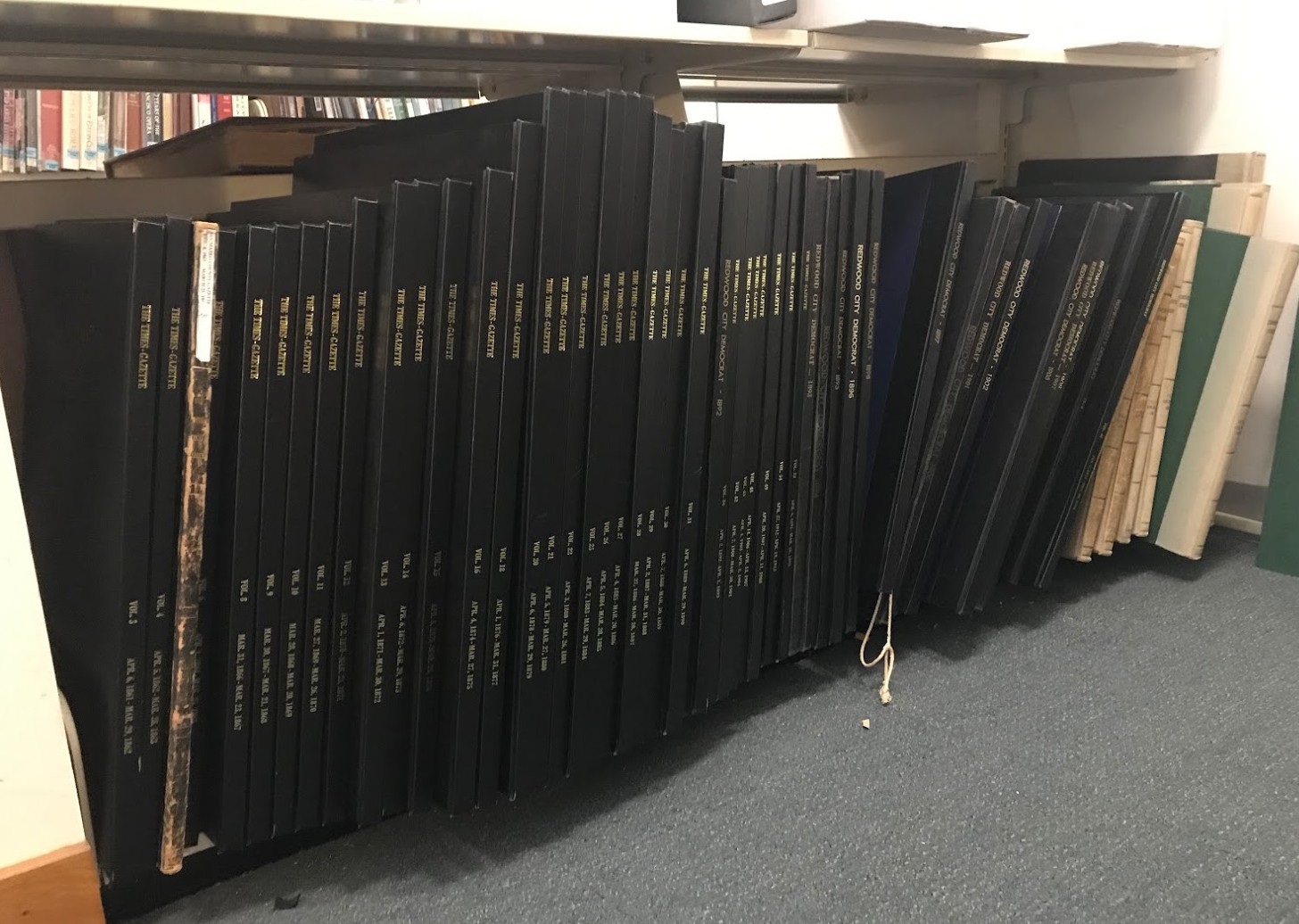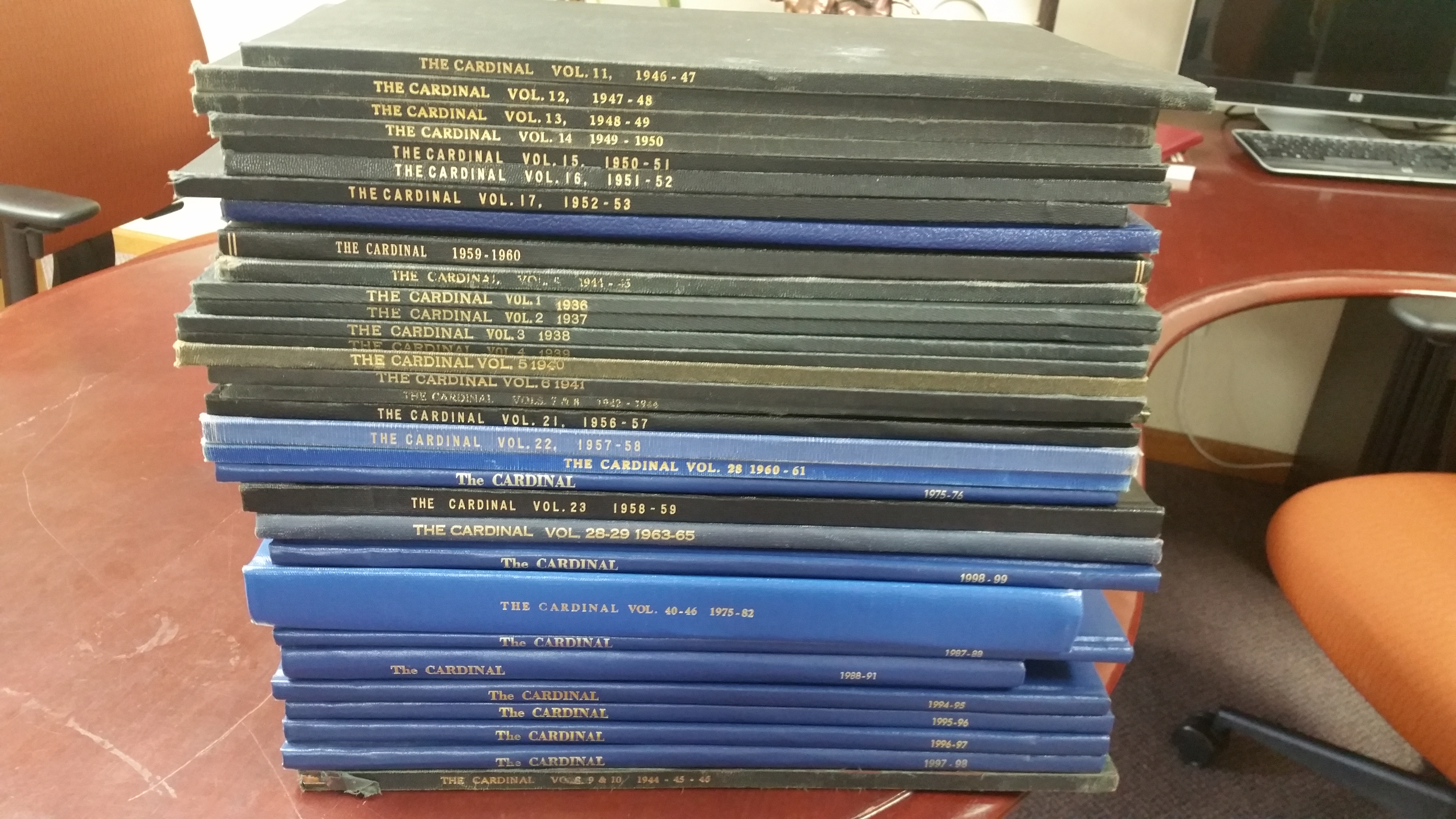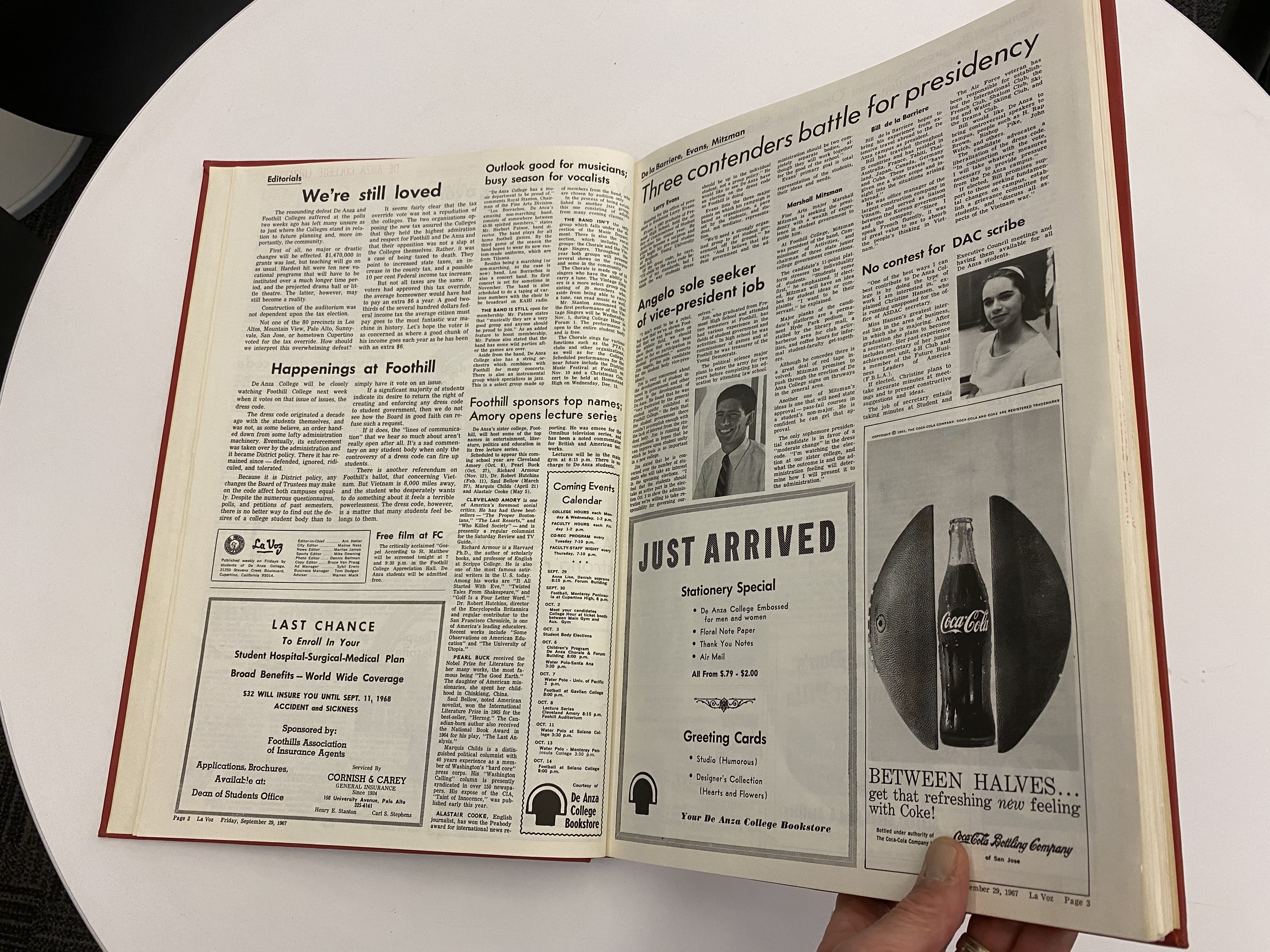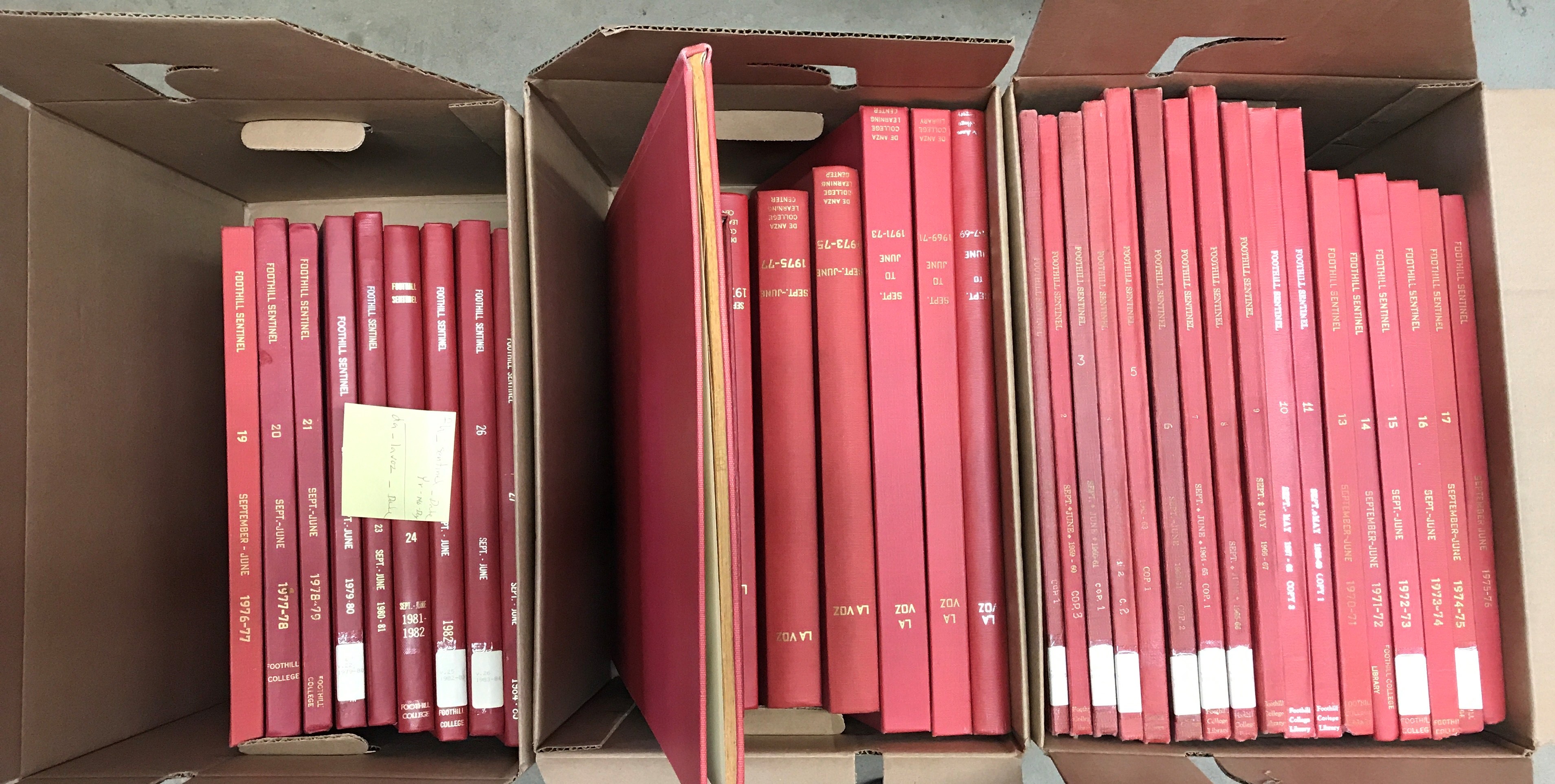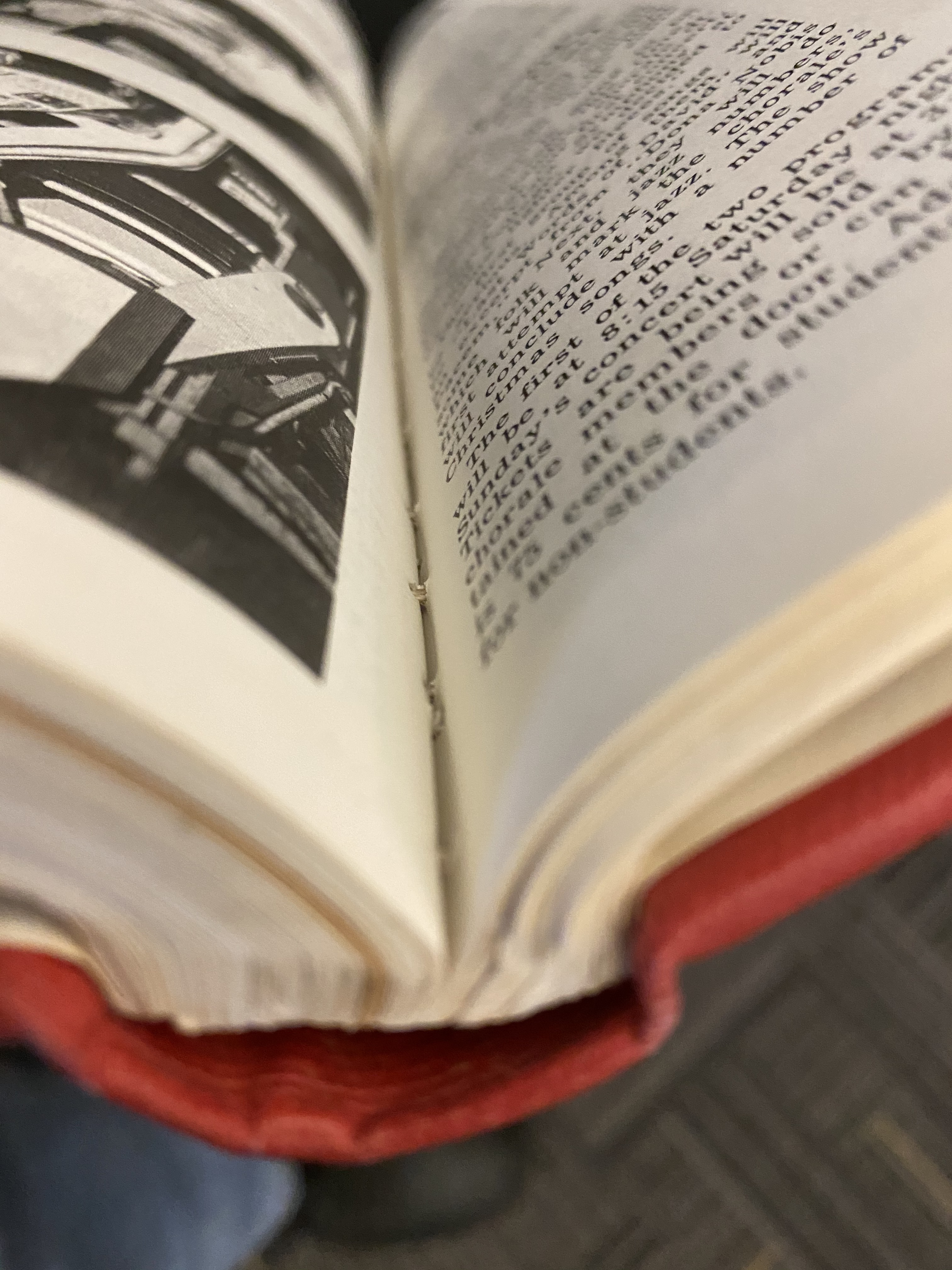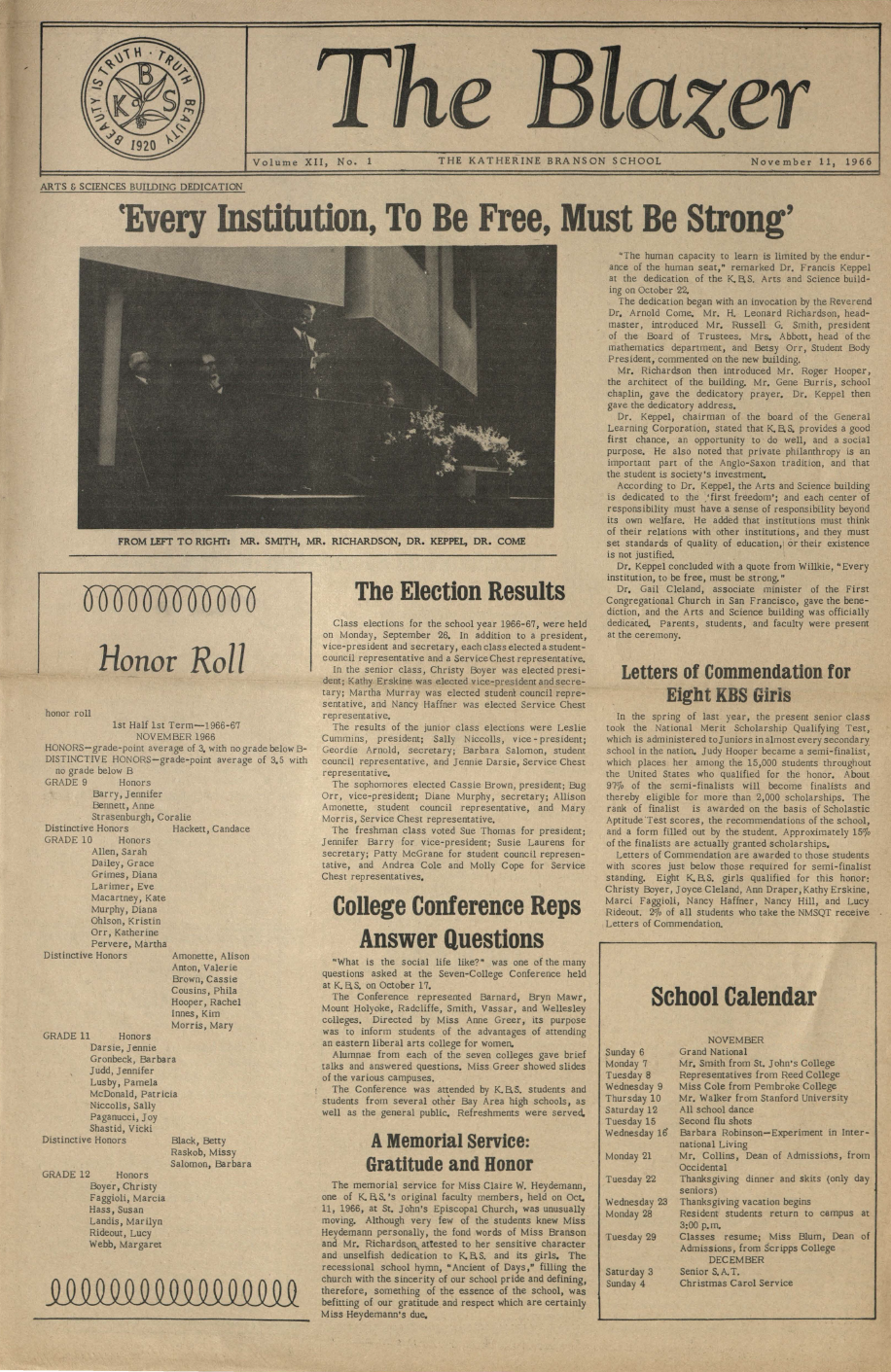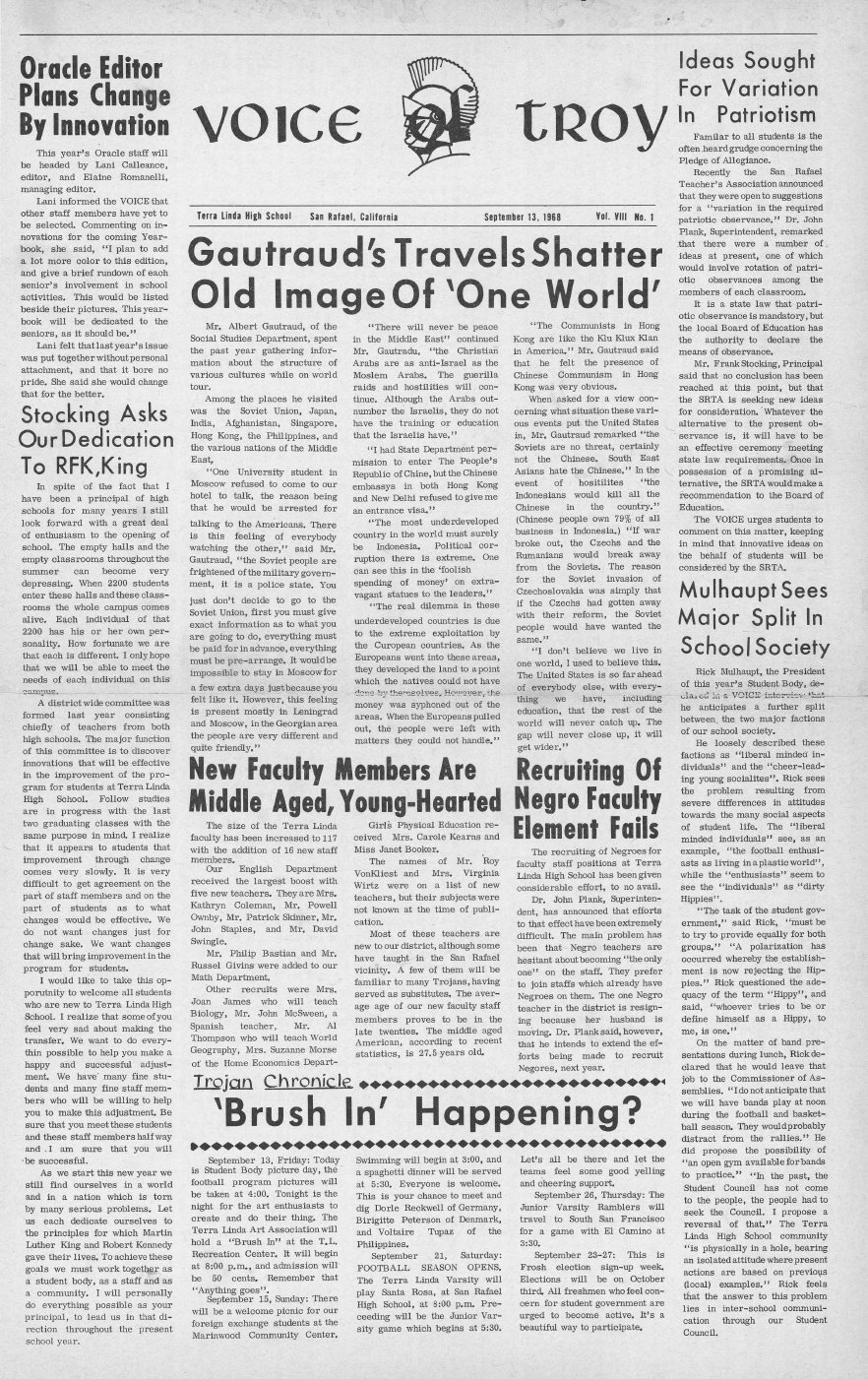Selecting the appropriate newspaper scanner isn’t just a matter of preference—it’s a pivotal choice that affects image resolution, OCR (optical character recognition) accuracy, and the preservation integrity of fragile historical documents. Whether you’re digitizing acidic newsprint, oversized broadsheets, or bound newspaper volumes, the right scanning hardware plays a defining role in archival success.
Institutions like state archives, municipal libraries, and university digitization labs frequently confront the dual challenge of minimizing light exposure damage and ensuring FADGI compliance or ISO 19264-1 imaging standards. From planetary scanners equipped with cold LED lighting to v-cradle scanners that support delicate bindings without spine stress, each device brings a tailored solution for distinct media formats and preservation goals.
This guide introduces the primary scanner architectures used in newspaper digitization—offering insights into hardware selection for specific use cases such as bulk newspaper scanning, flat media digitization, or full-spread archival imaging.
Overview of Newspaper Scanner Types
Newspaper scanners vary significantly in form factor, imaging technology, and handling capabilities. Below are the primary scanner categories used in archival digitization projects, each optimized for different material conditions and scanning workflows:
1. Overhead Planetary Scanners
Designed with a stationary media platform and an overhead camera system, these scanners are ideal for bound newspapers, oversize formats, and delicate substrates. Models like the Bookeye 4 V1A or Zeutschel OS 16000 support high-resolution imaging without applying physical pressure, ensuring non-contact digitization.
- Best for: Rare collections, bound volumes, brittle paper
- Key features: Cold LED lighting, real-time curvature correction, true 600 dpi
2. Flatbed Scanners
Common in general office settings, flatbed scanners offer basic scanning for unbound, flat media. While affordable, they pose limitations for newspapers larger than A3 size and require manual alignment.
- Best for: Single sheets, clipped articles, small-format weeklies
- Key features: TWAIN compatibility, basic color correction
3. Book Edge Scanners
These hybrid units bridge the gap between flatbed and planetary scanners. Featuring a beveled scanning edge, they allow full capture near the gutter margin of bound newspapers.
- Best for: Tight bindings, edge-to-edge text retrieval
- Key features: Anti-glare glass, up to 120° book opening
4. V-Cradle Scanners
Built for delicate, aging newspapers, v-cradle scanners cradle books at an angle (typically 100–120 degrees) to minimize spine stress. Some models, such as the Qidenus Smart Book Scanner, include automated page-turning mechanisms.
- Best for: Archival-grade digitization, historical societies, private collections
- Key features: Motorized cradles, spine relief, dual-camera setup
5. Sheet-Fed Scanners
These scanners automate batch processing but require pre-flattened sheets. They are optimal for mass digitization of modern newspapers already unbound or microfilm prints.
- Best for: High-volume scanning, newspaper repositories
- Key features: ADF (automatic document feeder), duplex scanning, OCR-ready
Comparative Analysis of Newspaper Scanner Types
Choosing the optimal newspaper scanner involves balancing several technical factors—image fidelity, media compatibility, digitization speed, and long-term preservation risks. Here’s how each scanner type compares across key decision-making criteria:
| Scanner Type | Media Handling | Image Quality | Speed | Preservation Risk | Ideal Use Case |
|---|---|---|---|---|---|
| Planetary | Non-contact for fragile & bound media | ★★★★★ (600+ dpi) | ★★☆☆☆ | ★★★★★ (minimal stress) | Heritage collections, fragile bound volumes |
| Flatbed | Unbound sheets up to A3 size | ★★★☆☆ (300–600 dpi) | ★★★☆☆ | ★★☆☆☆ (requires contact) | Basic office scanning, low-frequency use |
| Book Edge | Near-gutter scanning for bound books | ★★★★☆ | ★★★☆☆ | ★★★★☆ | Tight-binding books, edge-text preservation |
| V-Cradle | Cradled bound materials | ★★★★★ | ★★☆☆☆ | ★★★★★ | Archival-grade, rare book digitization |
| Sheet-Fed | Flat, unbound sheets only | ★★★☆☆ | ★★★★★ | ★☆☆☆☆ | Bulk scanning of modern newspapers |
Technological Innovations in Newspaper Scanning
Modern newspaper scanners have evolved well beyond basic image capture. Today’s top-tier scanning systems integrate hardware and software innovations that significantly enhance both preservation outcomes and data extraction quality.
1. Intelligent Image Processing
Advanced systems now include real-time de-skewing, curvature correction, and auto-cropping algorithms powered by AI. These features reduce manual post-processing and ensure alignment precision even with warped or curled newsprint.
- Examples: Zeutschel Perfect Book 3.0, i2S CopiBook Open System
2. Cold LED Lighting Systems
Preserving the integrity of acidic or light-sensitive paper is paramount. LED arrays now emit low-lumen, cold light that prevents degradation while maintaining consistent color balance across pages.
- Benefits: No UV radiation, minimal heat emission, full-spectrum accuracy
3. OCR & Layout Recognition
Integrated optical character recognition (OCR) engines can now detect multi-column layouts, variable fonts, and even damaged glyphs. This is essential for searchable archives and structured metadata extraction.
- Powered by: ABBYY FineReader Engine, Tesseract with layout parsing
4. Robotic Page Turning
Some v-cradle and overhead scanners support semi-automated or fully robotic page turning to increase efficiency without damaging delicate bindings. Sensors adapt to paper thickness and binding tightness.
- Examples: Qidenus Mastered Book Scanner, Treventus ScanRobot
5. Remote Management & Cloud Uploads
Enterprise-grade scanners offer networked capabilities, including real-time metadata tagging, FTP integration, and direct upload to digital asset management systems (DAMS).
- Use cases: Large-scale digitization projects, distributed scanning stations
Selection Guide: How to Choose the Right Newspaper Scanner
Choosing a newspaper scanner isn’t just about specs—it’s about aligning your project type, material condition, and output requirements with the right scanning technology. Here’s a breakdown of selection criteria to guide your decision-making:
1. Document Format & Size
Evaluate the maximum page dimensions of your newspapers. If you’re scanning tabloid or broadsheet layouts, choose a scanner with A2 or larger capacity—typically available in planetary or v-cradle systems.
- Search term match: “best scanner for broadsheet newspapers”
2. Paper Condition & Fragility
For aged, brittle, or acidic newsprint, use scanners that offer non-contact digitization. Flatbeds and sheet-fed devices should be avoided in preservation scenarios to prevent tearing, smudging, or light burn.
- Recommended: V-Cradle Scanners, Overhead Planetary Scanners
3. Throughput Needs
Determine your scanning volume and time constraints. For high-speed digitization, sheet-fed scanners with ADFs are ideal—provided the newspapers are unbound and in good shape.
- Suitable for: Corporate archives, newspaper publishers, large backlogs
4. Metadata & Searchability
If your goal is indexable digital archives, prioritize scanners with integrated OCR and metadata tagging capabilities. Support for multi-language OCR, column detection, and XML export are key.
- Look for: Tesseract OCR integrations, DAMS-ready output formats
5. Compliance Standards
Archival projects may require adherence to standards like FADGI, Metamorfoze, or ISO 19264-1. Confirm that your scanner is certified or compliant for the intended digitization standard.
- Use case: Federal grants, library preservation programs, museum projects
Final Thoughts: Maximizing Digitization Outcomes with the Right Newspaper Scanner
The effectiveness of any newspaper digitization project hinges on the scanner you select. From non-contact planetary systems ideal for delicate bound volumes to automated sheet-fed scanners for high-throughput workflows, each scanner type serves a distinct purpose in the digital preservation ecosystem.
By understanding these scanner architectures and aligning them with your project’s specific needs—whether that involves fragile archival material, broadsheet newspapers, or mass digitization—you ensure both preservation quality and operational efficiency.
Explore Our Professional Services
If you’re looking to digitize newspapers but don’t have access to specialized hardware or archival expertise, explore our professional newspaper scanning services. We utilize industry-leading scanners and FADGI-compliant workflows to deliver secure, searchable, and long-lasting digital archives.
Each set of old newspapers archival collection is unique and such requiring careful review before any digitization project is initiated. We are proud to confirm, that we have successfully completed many similar old newspaper scanning projects as far dated hundred of years old.
Explore examples of our newspaper & magazines digitization work—see how we preserve historical detail and clarity using advanced scanning technology.

